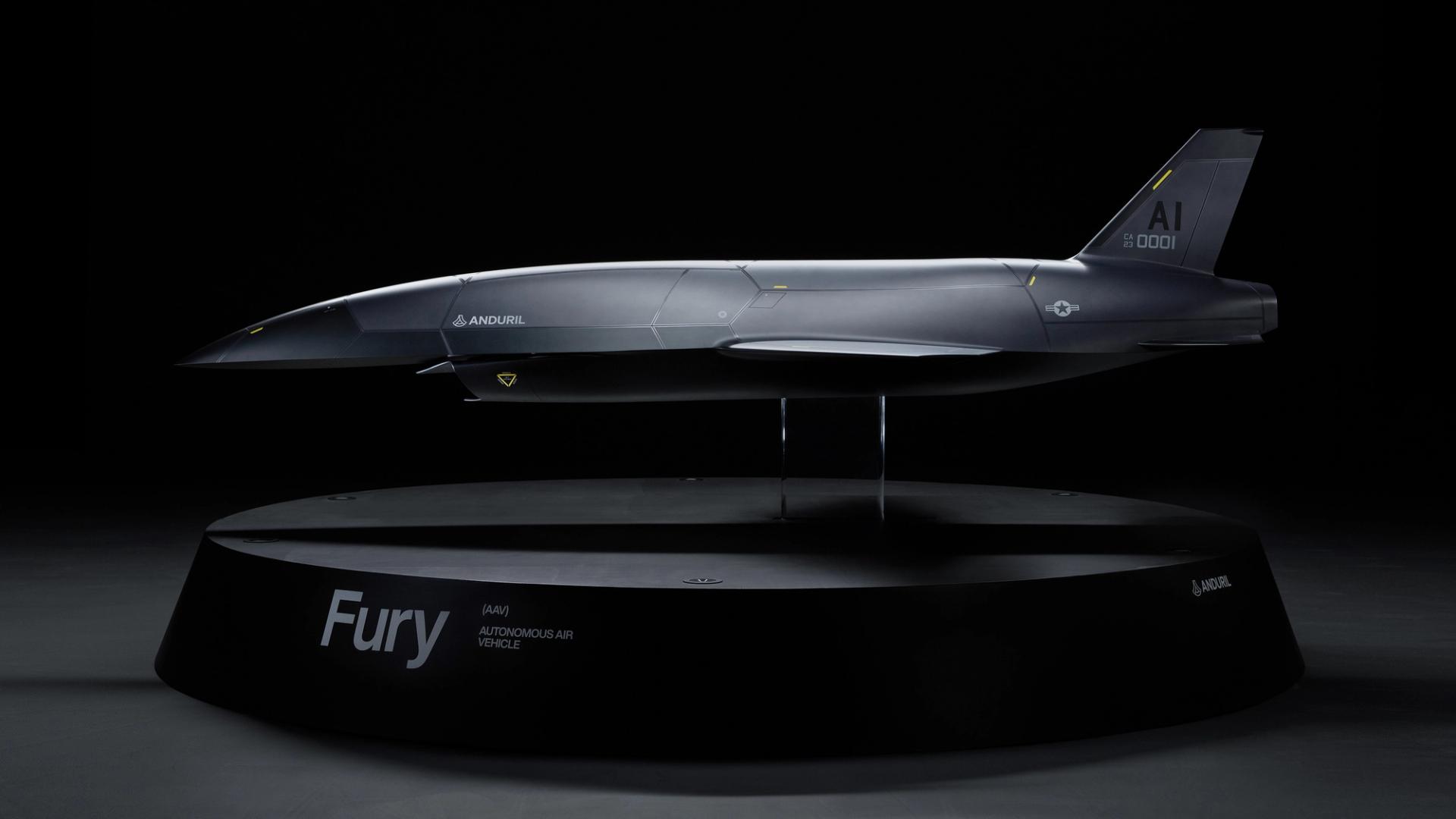
Anduril Industries has announced its acquisition of Blue Force Technologies, a business involved in autonomous aircraft development.
This move expands Anduril’s suite of autonomous capabilities and enhances its influence within the Department of Defense. With an increasing focus on autonomy in aerospace and defence, this acquisition is a milestone. According to GlobalData’s Job Analytics database, the United States leads in autonomous jobs within this sector, reinforcing the importance of Anduril’s latest venture.
Anduril Industries takes flight with Blue Force Technologies acquisition
The specifics of the deal have yet to be disclosed. Blue Force Technologies, headquartered in North Carolina, is known for designing and manufacturing composite aircraft and their components. One of their most noteworthy projects, Fury, a group 5 autonomous air vehicle with fighter-like capabilities, has been developing since 2019.
What sets Fury apart is its approach, leveraging rapid prototyping, digital engineering, and an open architecture, allowing integration of various sensors and payloads for air dominance missions.
Blue Force Technologies recently achieved a milestone by conducting a flight test of the flight software on board a VISTA (variable stability in-flight simulator test aircraft) and a ground test for Fury’s novel carbon fibre composite propulsion flow path system.
Anduril’s vision for the future and holistic approach
The company is investing to develop the Fury autonomous air vehicle further and expand its manufacturing operations in North Carolina. Additionally, they aim to accelerate the development of technologies crucial for future capabilities, particularly in autonomous collaborative platforms.
The rationale behind these investments is straightforward. In an era of strategic competition, maintaining deterrence requires large quantities of smaller, more autonomous systems. The US Air Force, US Navy, and US Marine Corps have all expressed their intent to modernise and adopt advanced autonomous capabilities. Anduril aims to provide software solutions enabling a single operator to control multiple assets for various missions.
This acquisition aligns with Anduril’s holistic approach to autonomous systems. Earlier this year, the company launched “Lattice for Mission Autonomy,” an AI-enabled software platform that facilitates dynamic collaboration among teams of autonomous systems under human supervision.
By combining hardware and software capabilities, Anduril is poised to accelerate the development of advanced autonomous solutions for warfighters worldwide, such as manned-unmanned teaming.
GlobalData insights
According to GlobalData’s patents database, the aerospace and defence sector has seen a surge in patents related to autonomous vehicles, with 5,507 secured over the past three years. The Drones theme has generated a staggering 60,910 patents within the same timeframe. Furthermore, the unmanned sector has secured 13,133 patents in the last three years, underlining the growing importance of autonomy in aerospace and defence.
GlobalData’s job analytics database reveals that the United States has been at the forefront of autonomy job opportunities, with a considerable lead over the past year. From September 6, 2022, to the same date in 2023, the United States has consistently posted and closed the most autonomy-related jobs.

This highlights the significant role that the US plays in the aerospace and defence autonomy industry, making Anduril’s acquisition of Blue Force Technologies a noteworthy contribution to this sector.
Anduril Industries’ acquisition of Blue Force Technologies marks a milestone in autonomous aviation. Anduril’s investment in hardware and software capabilities positions them as a player in shaping the future of autonomous systems for military applications.
In other developments, Anduril Industries joined Team Lynx for US Army’s OMFV programme in 2022. Anduril will support the Lynx vehicle by providing customised command and control (C2) software.
Our signals coverage is powered by GlobalData’s Thematic Engine, which tags millions of data items across six alternative datasets — patents, jobs, deals, company filings, social media mentions and news — to themes, sectors and companies. These signals enhance our predictive capabilities, helping us to identify the most disruptive threats across each of the sectors we cover and the companies best placed to succeed.






